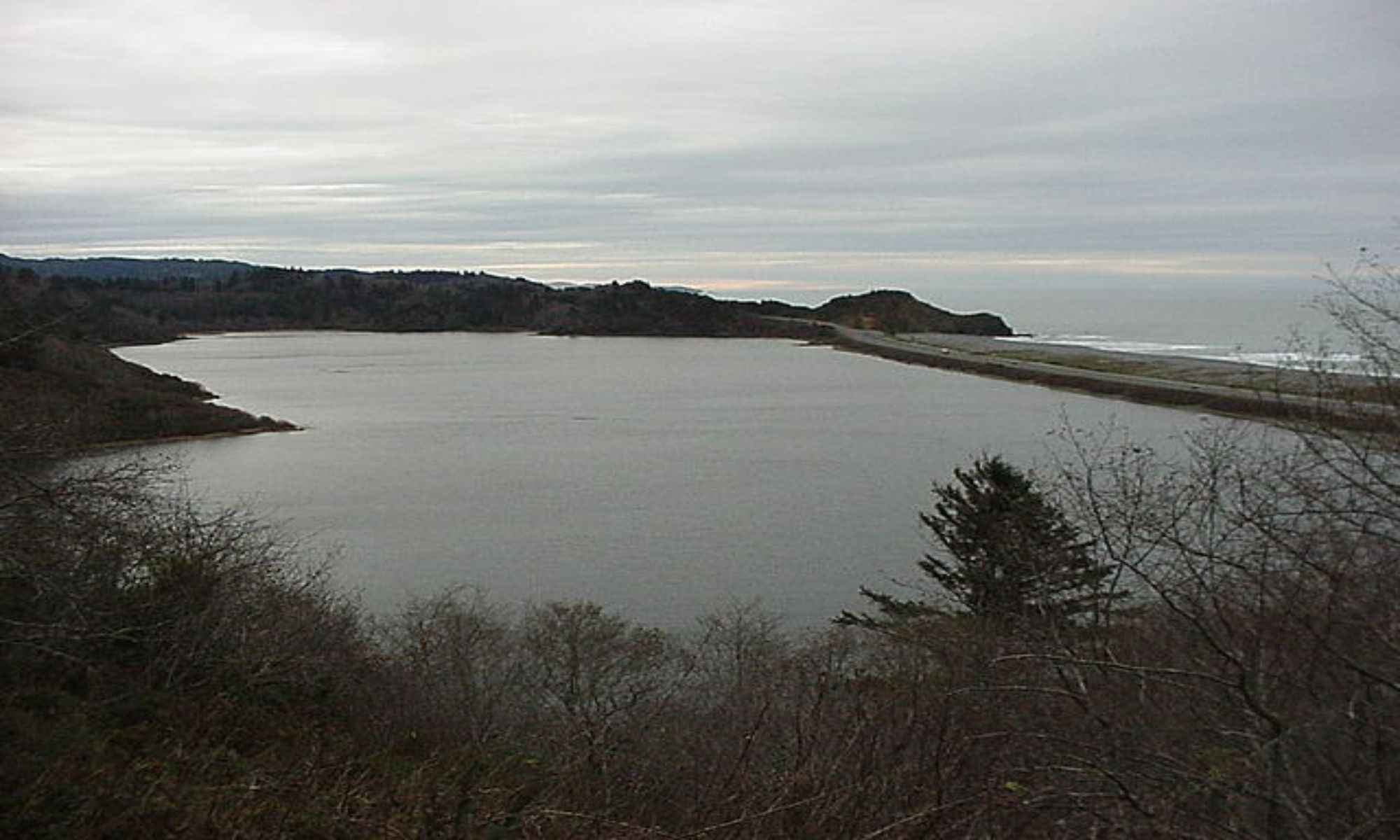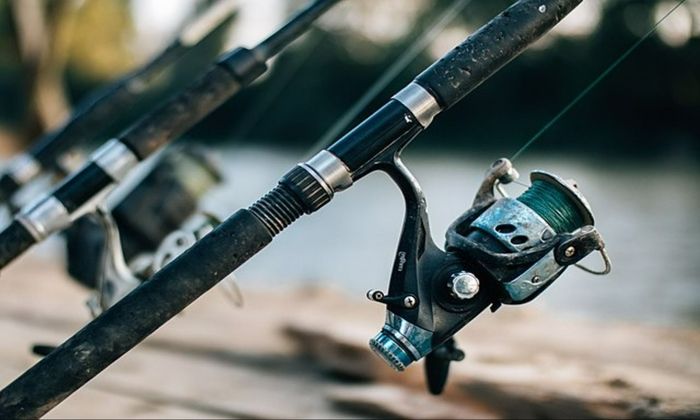The Best Fishing Gear To Use in a Lake
Wondering what's the best gear to use in lake fishing? Read to this to find out!

Many people are unsure of the best fishing gear to use on a lake. One of the reasons for their confusion is the mindset that they could use all tackle for freshwater fishing. Different techniques, such as bass fishing, trout fishing, and ice fishing, require other gear.
If you are among those who are confused, too, here is some helpful information. Below is a list of the essentials for fishing tackle for freshwater fish. You can use this information to help you choose everything that will help you increase fishing success.
From the rod up to the bait you will use, this list may be the one you are looking for.

Fishing Rod

Anglers always know that a fishing rod helps increase the chance of a successful catch. Each rod has different sizes, lengths, grip strength, and durability. Some rods might be more expensive than the rest, but it is worth your money.
The rod is your primary fishing gear to use in a lake. If you have the wrong rod, your rod, reel line, bait, or lure would not matter much. You should choose a rod suitable for the type of fish you are looking for and the body of water you are in. Here are some of the rod types that you might need:
- Trolling rod- suitable if you want to do trolling and bait-casting
- Carbon-Fiber- this is perfect for more accurate casting that can handle heavier baits or lures. It could also carry fish that weigh more than 5 pounds.
- Fiberglass- a rod that gives more flexibility and helps you cast your bait further
- Spinning Rod - excellent rod if you want to catch bigger fish such as walleye, lake trout, and bass using live bait
- Telescopic- gives you more leverage against fish who put up a fight down the line. It also reduces line breakage and allows you to cast farther.
Fishing Reels
After your rod, you must consider which reel you will take with you. Reels are where you can attach the spools of your fishing line. Like rods, reels also come in different types based on what kind of fishing you want:
- Bait-casting - compatible with a trolling rod and suitable for big game fishing and crowded areas such as riverbeds
- Closed Spin Casting is suitable for small fishes in an enclosed space and has good versatility. However, it has low pulling power and might not help big fish hide in the vegetation.
- Fixed Spool- used for boat and idle fishing since the reel has a fixed place. Instead, a bail arm wraps the line when you are reeling in.
- Open-Bail Spinning - your fishing line reel is not held in place by a bail, allowing you to cast more conveniently.
Fishing Line
You must attach your line to the rod and reel to get a complete package. Different types of fishing lines could handle multiple weight levels. But if you want to start with a basic line, you could go for a six-to-twelve-pound line.
Fishing lines should match your rod and reel. For example, if you have a Spinning Rod, your line should also be durable enough to handle heavier fish. Before buying your line, make sure you conduct a weight test to see how much weight it could take before breaking.
What should be in your freshwater tackle box?
1. Baits and Lures
Once your primary gear is complete, you must set up your tackle box. Set up your tackle box by stocking up on baits and lures first. You will attach these to your line and attract the fish underwater.

Regarding bait and lures, anglers consider live bait the best. They give off a pungent scent that fish from miles away could pick up. But, you could also ask and experiment with local anglers on what they use to get bites from that area.
Do not be afraid to mix and match different baits and lures with your technique. Sometimes, plastic lures are as effective as live ones.
2. Hooks
Hooks could be dependent on the reel that you will use. Among anglers, there are four general types: bait, bait-cast, spin-cast, and fly-cast. You can use these four to start with before you explore other hooks.
3. Rigs
Rigs are an assembly of lines combined with hooks and lures. You could connect rigs with bobbers, flashers, swivels, and more. As long as you can attach your rig to your fishing line, then your fishing rig will succeed.
If you are unsure what to use for your rig, you could start with three components: line, hook, and lure. You could also use these usual rig combinations as your inspiration:
- Carolina Rig- You would need a bullet weight, beat, 12 or 18 fishing line, swivel, and live bait for this rig. It could be used to target any fish, and many anglers recognize it as the best rig.
- Three-way Swivel Rig- an easy rig to set up and great for bottom feeders. You need a three-way swivel attached to a fishing line, hook, and sink on each end. The sinker drags the line while the swivel helps the hook to float, allowing the bait to have a natural movement.
4. Tackle
Lastly, it would help if you had a supply of accessories that would complement your bait and line. You could start with some of the most common tackles, such as sinkers, leaders, floats and bobbers, spreaders, and snaps.




